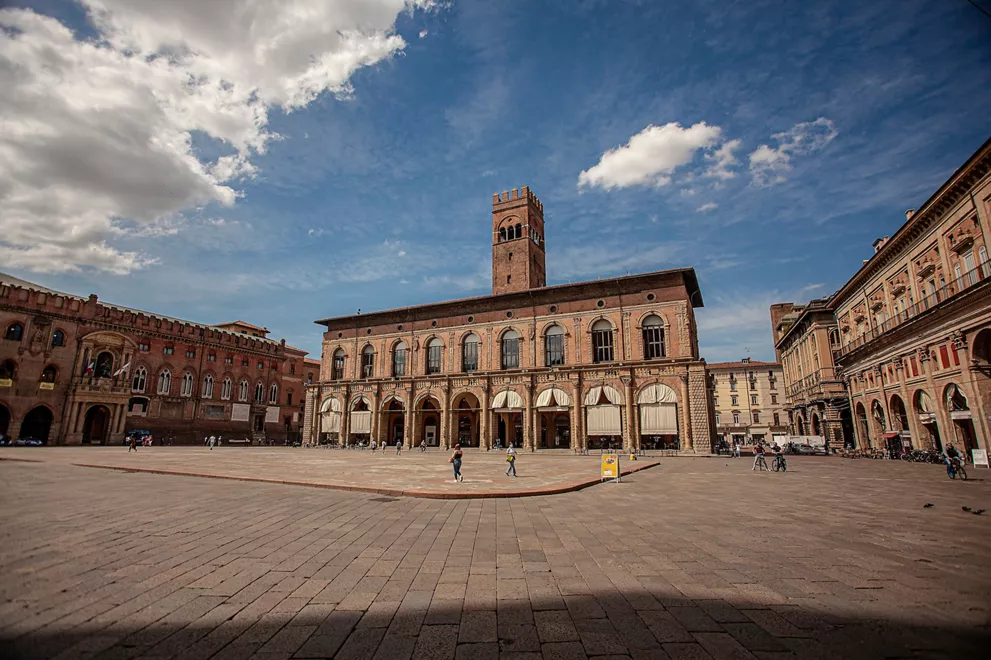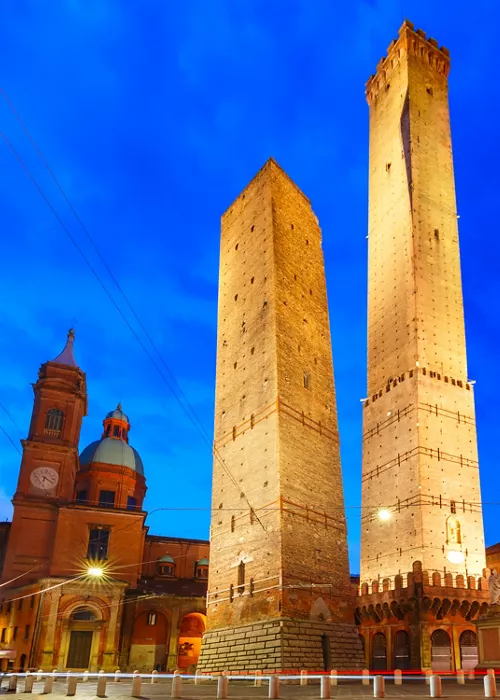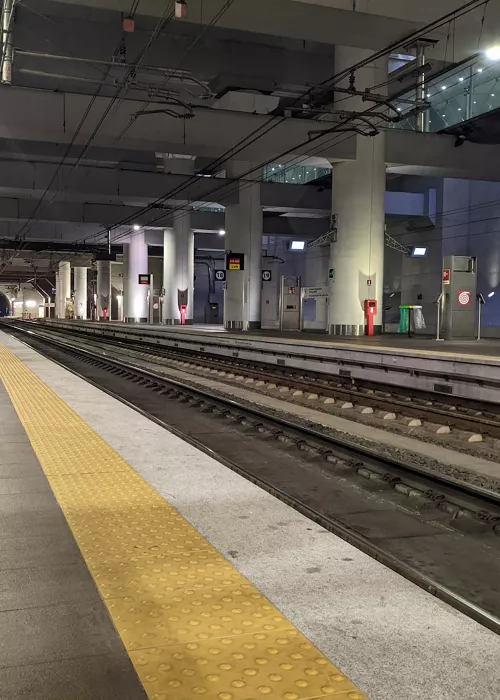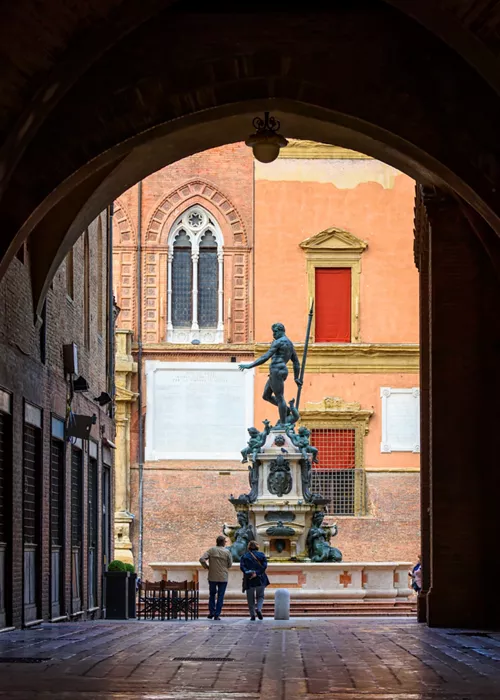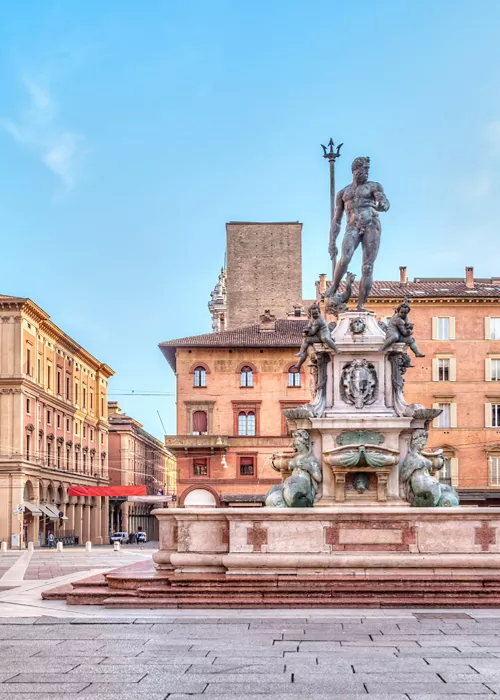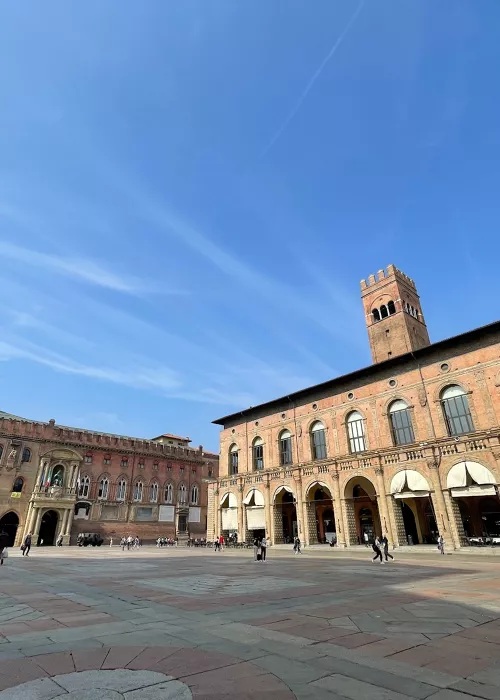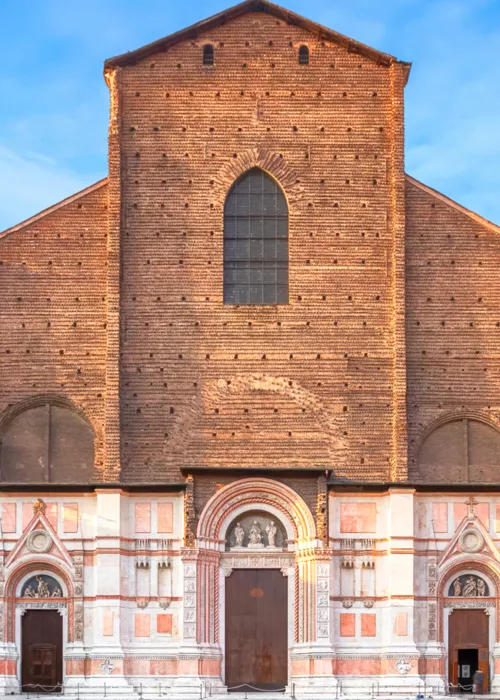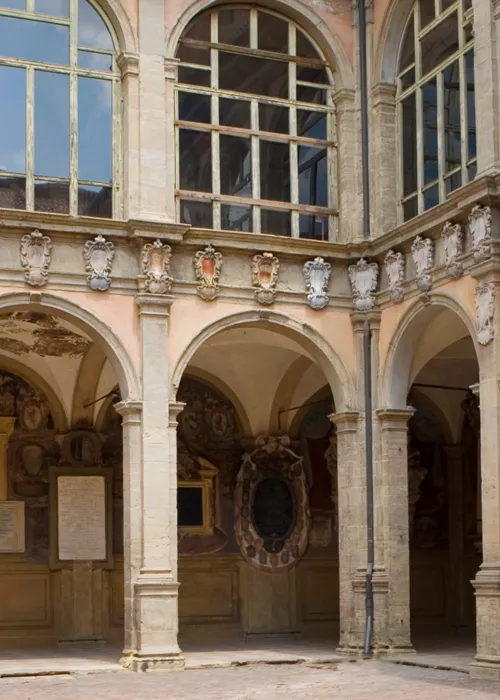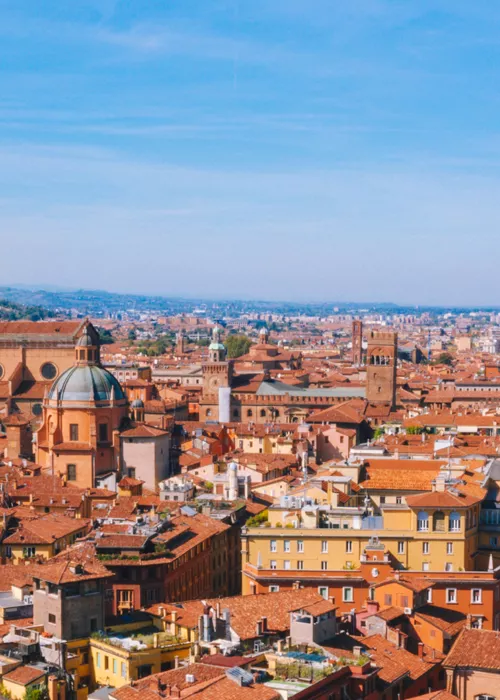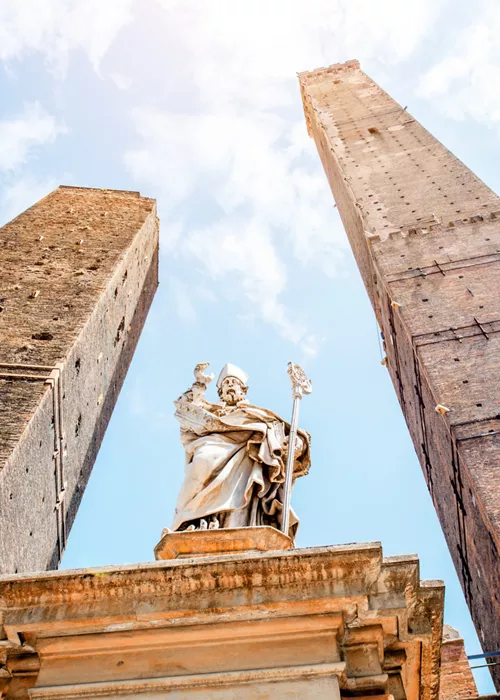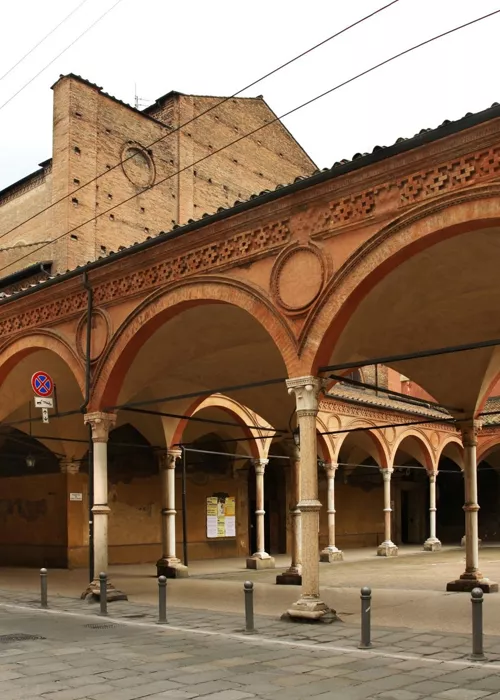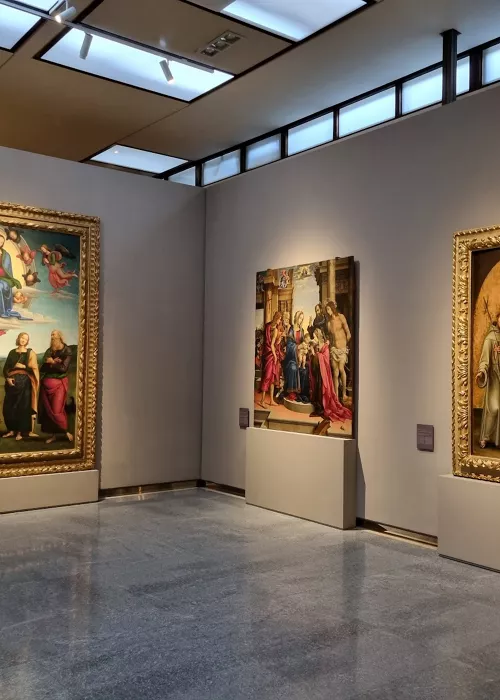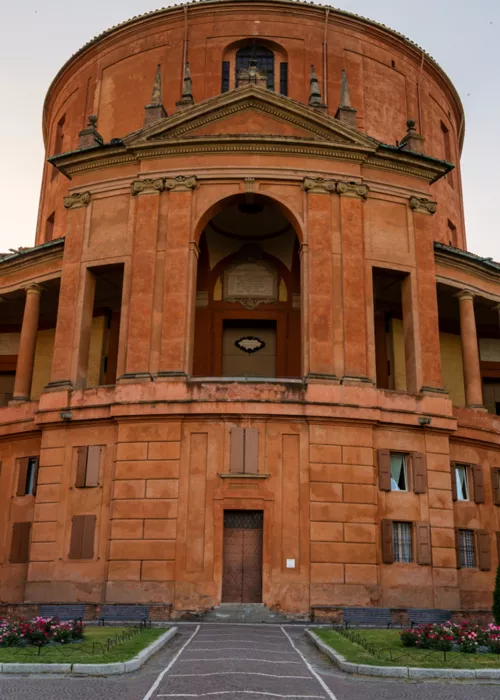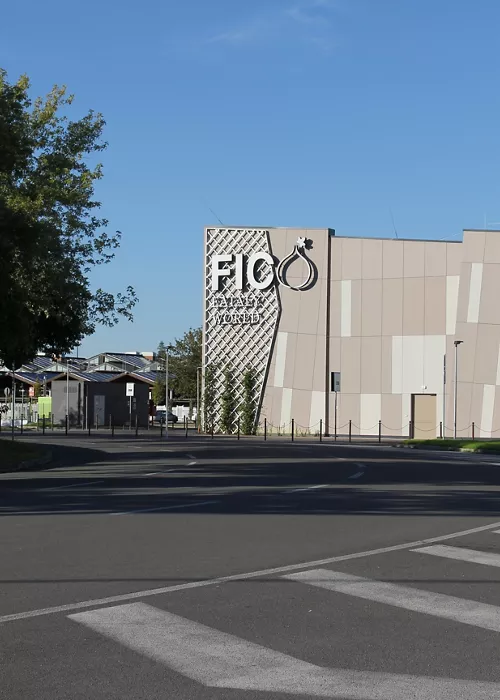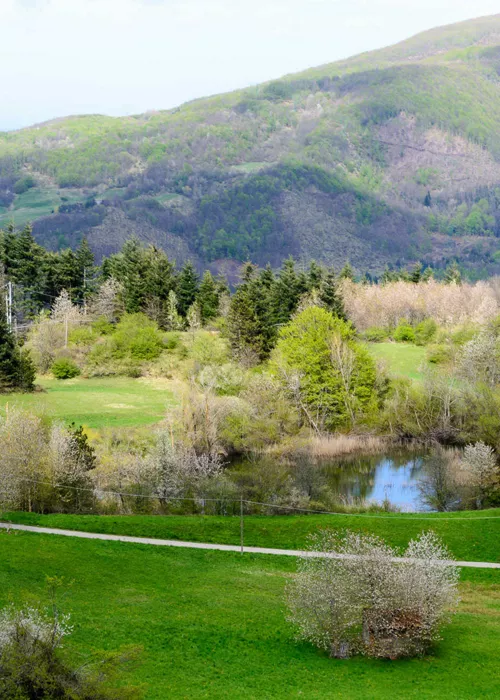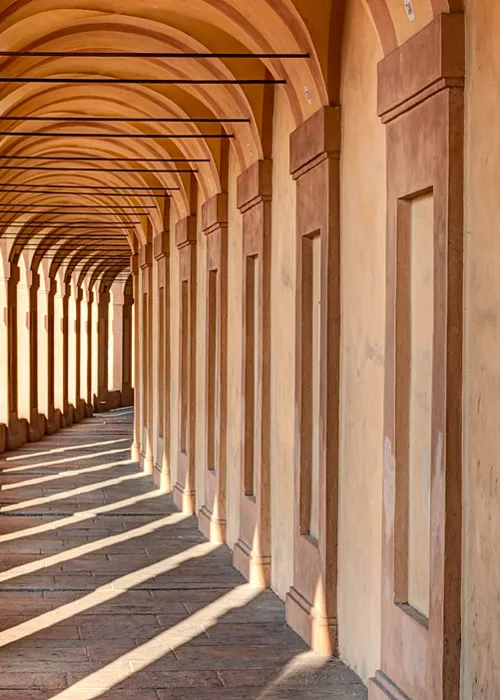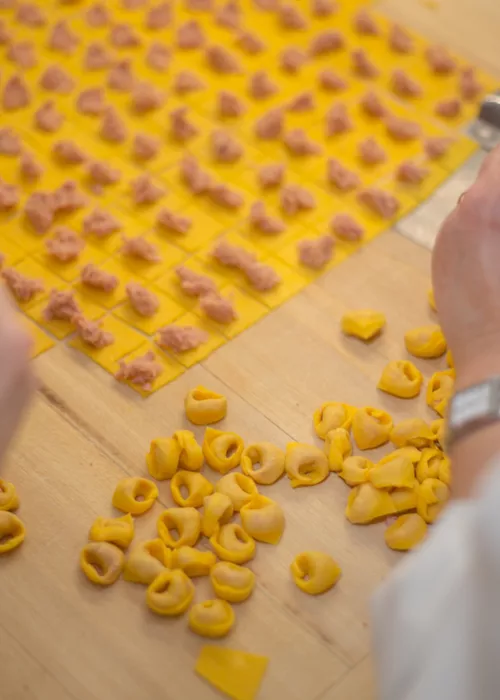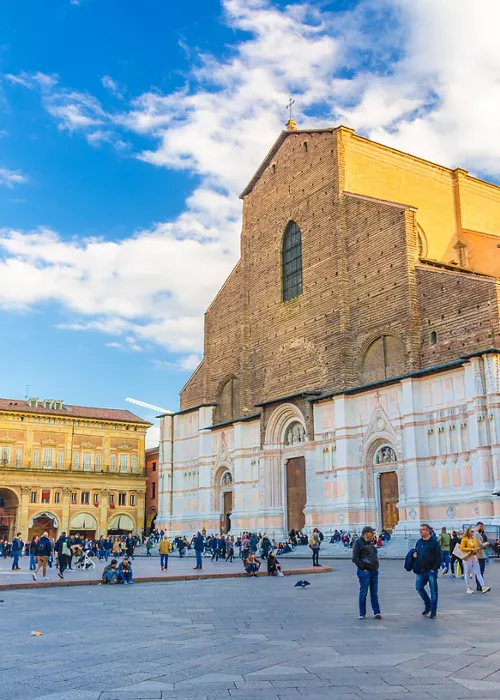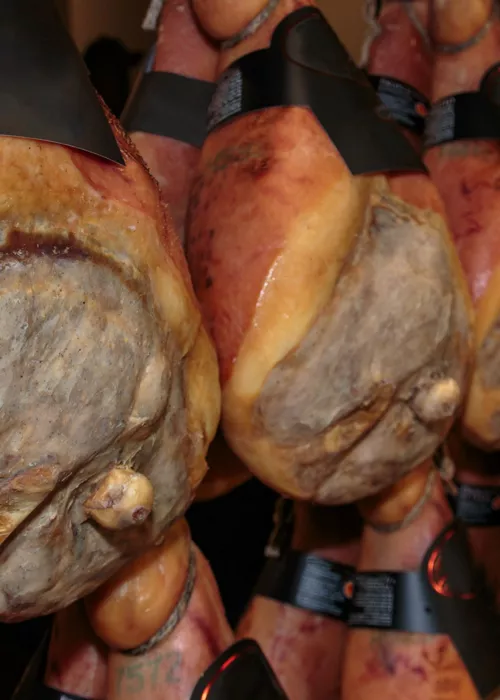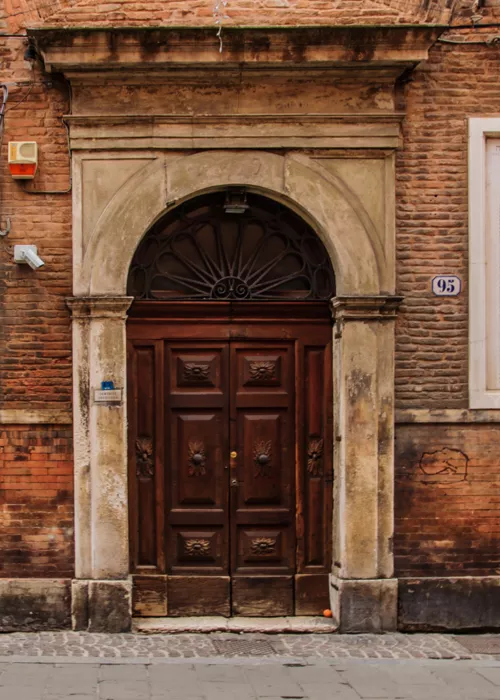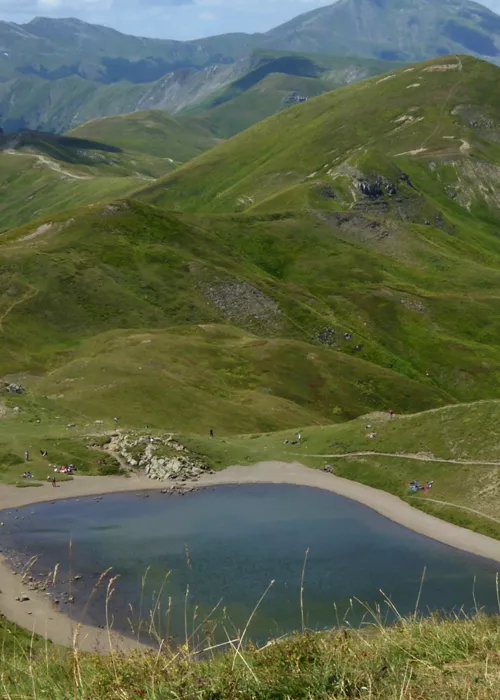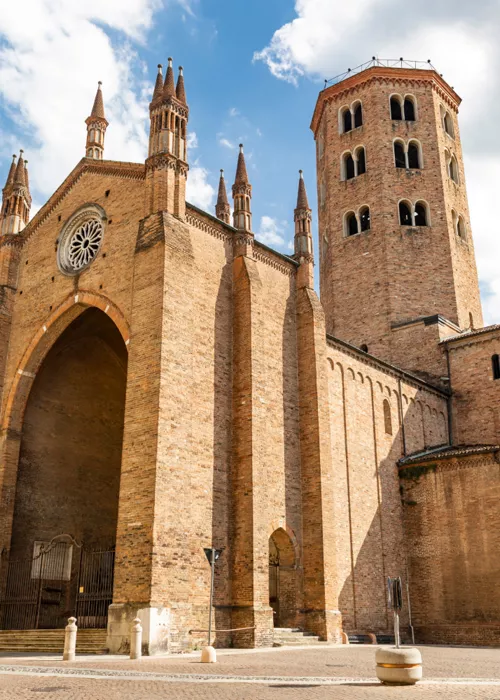2 days in Bologna: the itinerary
7 minutes
Discovering Bologna means finding yourself in a city with centuries-old traditions, a full range of architectural wonders in different styles and historical times still here to bear witness to it. Traces of ancient Rome, medieval buildings and churches are the evidence of how lively was both the public life and the economic activity of the city. A liveliness that has overcome time unscathed, remaining the peculiarity of Bologna. At the foot of its famous hills, dotted with many medieval gates and towers, the historical center of the city offers a warm embrace to its guests. Proof of this are the magnificent arcades that cross the city for over 38 km of its downtown area alone, part of which have been recognized as a UNESCO World Heritage Site, or the charming Piazza Maggiore, the city's open-air living room. Bologna also offers two Welcome Cards that are particularly advantageous to visitors to discover the best of the city with ease and convenience.
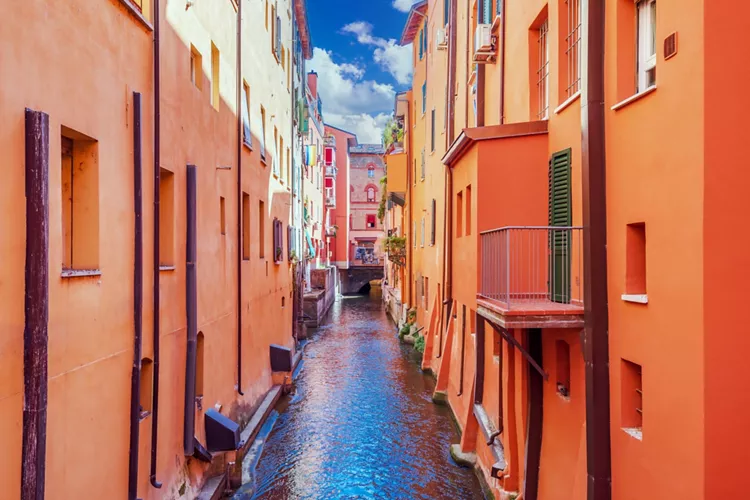
Arrival atthe Central Train Station in Bologna at 9:00 am: the tour canstart from the square in front of it, moving to the left, to reach Via dell'Indipendenza. A short walk under the arcades that line the street and you will immediately discover a unique and little-known characteristics of the city: what remains of the medieval canals that once crossed the entire city. At the intersection of via dell'Indipendenza and via Augusto Righi take via Righi turning left. When you encounter the first narrow street on the right, hidden by the arcades - via Piella - enjoy the unique view of one of the canals still nestled in the urban fabric. To find them all, you can download the free app "Canali di Bologna" where they are geolocated.
Resuming via dell'Indipendenza, you will reach the heart of the city. Here, in piazza del Nettuno, in addition to the fountain by the same name, you will also find the Palazzo di Re Enzo, the stage of city life since the twelfth century. Beyond its gates, you will have the chance to enjoy a journey through nine centuries of history. Once there, you will see that Piazza del Nettuno merges into Piazza Maggiore to become, in front of the palace, Piazza Re Enzo. A roundabout in the middle of the historical center.
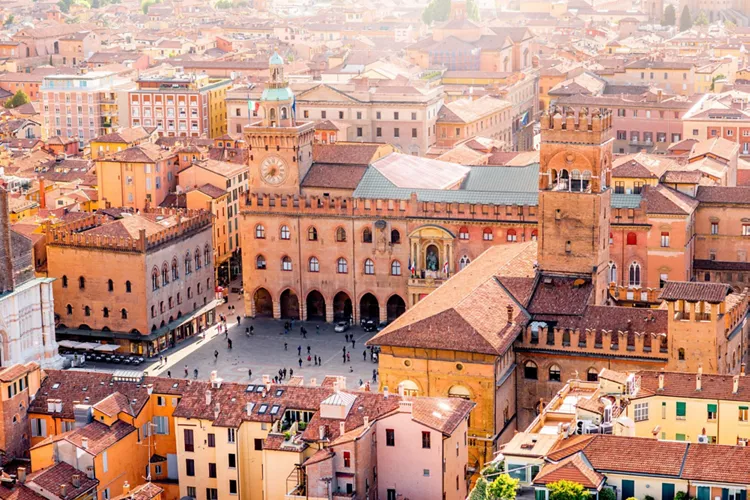
In Piazza Maggiore (Piazza Grande for the Bolognese) you will find the Church of San Petronio the largest church in Bologna which, despite being unfinished, is one of the biggest churches in Europe, and holds the title of Basilica Minore. With its volume of 258,000 m³, it is the largest brick-built Gothic church in the world. The facade, also unfinished, is split into two horizontal sections: the lower one, with the marble decorations created between the end of the fourteenth century and the beginning of the sixteenth century, and the upper one, with a faceted profile to allow anchoring the decorative elements, then were never applied.
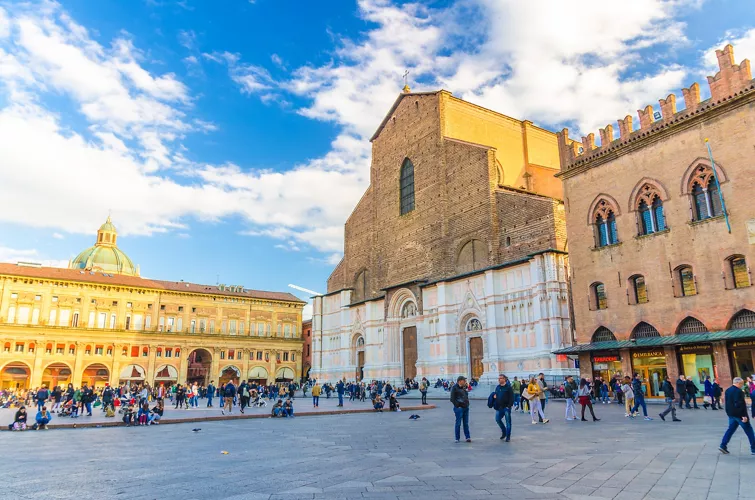
In 1530, the San Petronio Basilica was chosen by Charles V as the location for his coronation as Emperor of the Holy Roman Empire by Clement VII. Inside, you can admire the contrast between the Gothic style and the two-color effect due to the alternation of the red of the fired bricks - used in the pillars and in the stringcourses - and the white of the vaults.
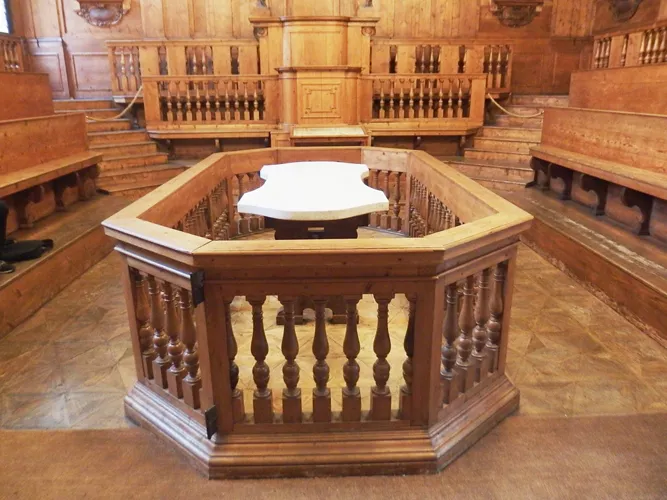
Behind the Basilica of San Petronio stands the Archiginnasio, the first historical seat of the Alma Mater Studiorum, the oldest university in the Western world, today the location of the Archiginnasio Municipal Library, which preserves important documents and books in the historical, philosophical, political, and literary disciplines and an in-depth section dedicated to Bolognese culture. In addition to the walls painted with the coats of arms of the students, in the ancient university complex a visit to the Anatomical Theatre still stirs strong emotions. Here, in ancient times, anatomy lessons were held with dissections carried out on the spot. Don't worry, Van Helsing is no longer at home here.
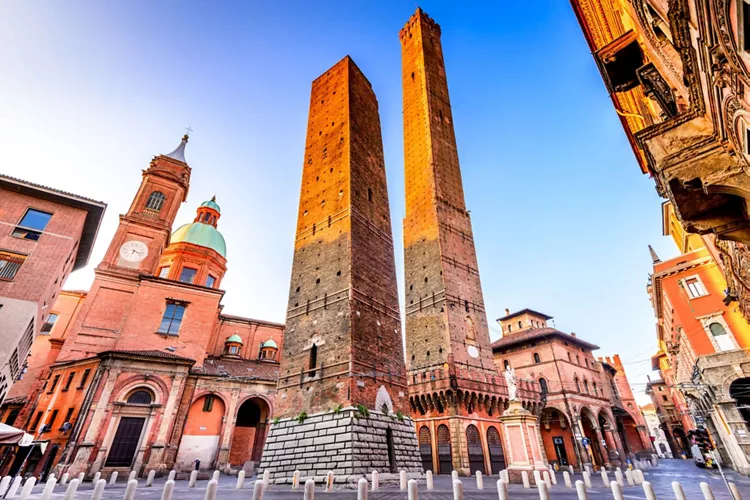
Take Via Rizzoli towards Strada Maggiore. Here you will be welcomed by the Asinelli Tower and Garisenda Tower (mentioned in Dante's Inferno), Bologna's symbol par excellence. Originally built for military purposes, in the Middle Ages there were almost 200 towers, but only 22 have survived to the present day and the two just mentioned, in Piazza di Porta Ravegnana, are definitely worth a visit. Climbing the Asinelli Tower (the other one is leaning and unusable) you can access a panoramic terrace with a fantastic view of the city. Once back on the ground after climbing and descending almost 500 steps, a nice lunch break is the right reward.
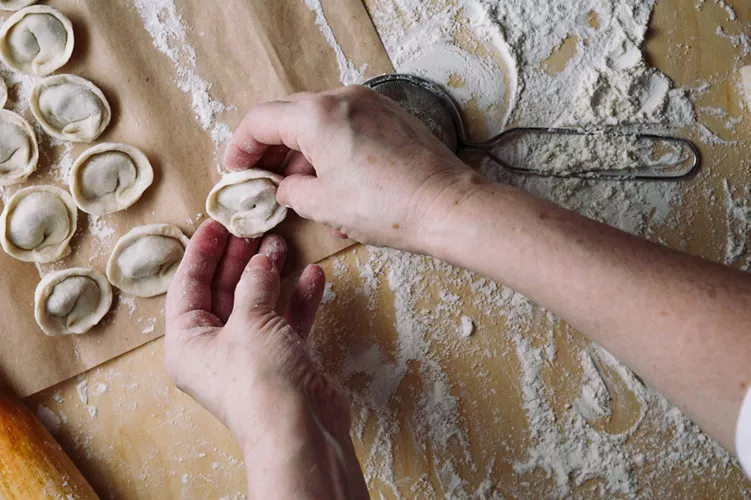
Bologna "La Dotta" [“The Educated” - Ed.] because of its ancient University, in a moment turns into Bologna "La Grassa", [”The Fat” - Ed.] because of its rich gastronomy. The true jewels of Italian cuisine loved around the world were born here. Created with high quality ingredients and manual skills never lost, you can enjoy cappelletti, passatelli, and lasagna. It is not by chance that Bologna boasts - just to make an example - a meat sauce bearing its name, appreciated all over the world: ragout alla Bolognese. Downtown the foods choices are so many and they meet all wishes and expectations.
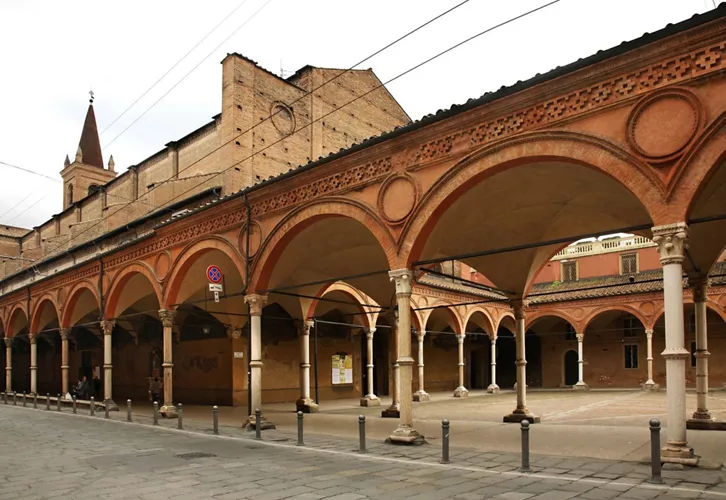
On Strada Maggiore stands an amazing building symbol of Gothic architecture: the Basilica of Santa Maria dei Servi, whose construction began in 1393 and ended between the sixteenth and nineteenth centuries. The interior preserves many known works of art including the splendid Madonna on the throne by Cimabue. The bell tower, about 52 meters high, is part of the whole complex and houses architectural wonders that can be also seen in the quadriporticus in front of the church. You will feel wonder in front of the precious pipe organ hosted inside the church and the magnificent "Eternal Father" depicted by Guercino which decorates one of the side chapels.
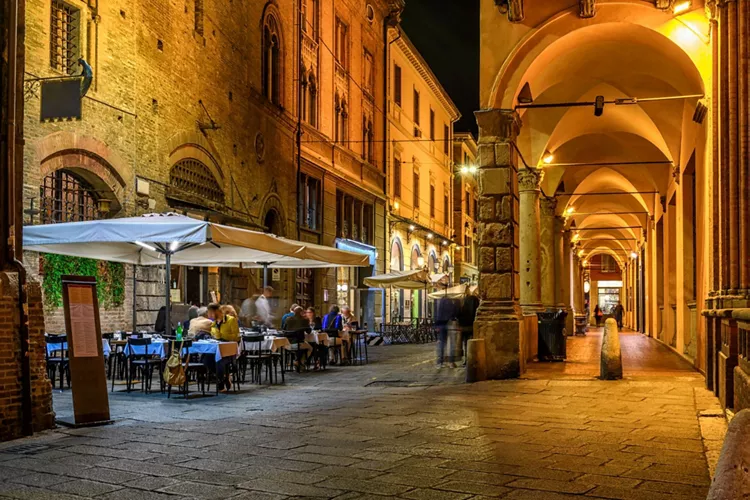
Along the ancient streets and the endless arcades of Bologna, from Piazza Aldrovandi head straight to Via Giuseppe Petroni. You will reach Via Zamboni in front of the Municipal Theatre of Bologna, where the volumes, lights and shadows of the arcades become richer and richer. On the left stands the Poggi Palace, seat of the University and some University Museums, where you can spend an interesting afternoon. Also nearby, the National Art Gallery, which exhibits works by Tintoretto, Titian and Parmigianino.
A dinner in Bologna deserves all the time you have to enjoy the classic dishes of the Emilia regional cuisine, which, besides tagliatelle, bollito and tortellini, can boast excellent DOC wines from Colli Bolognesi, such as the very much appreciated Pignoletto. Sitting downtown after dinner, sipping a drink in one of the many clubs open in the evening, really gives you the feeling of being at home. To sleep though... back to the hotel. You will need a restful night to tackle day two, which will begin just outside of town with a visit to the Sanctuary of San Luca.
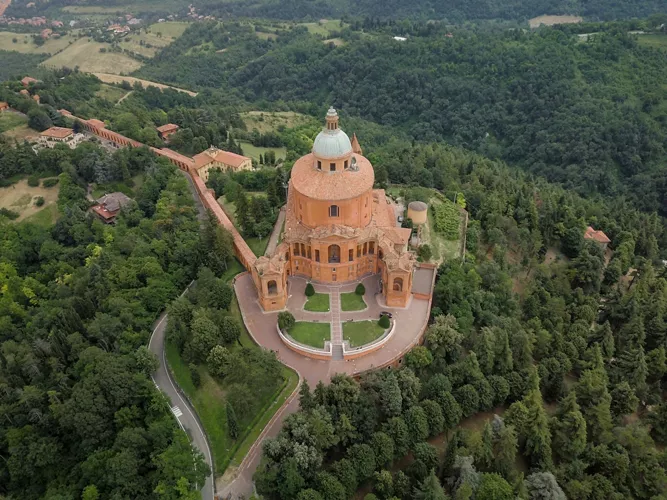
The Sanctuary of San Luca is a reassuring symbol of Bologna as well as a place of religious worship. Starting from Porta Saragozza, downtown, follow a path that winds towards Colle della Guardia for four kilometers under a portico that, with over 600 arches, is the longest in the world. This, along with other important sections of the city's arcades, is in fact a UNESCO World Heritage Site.
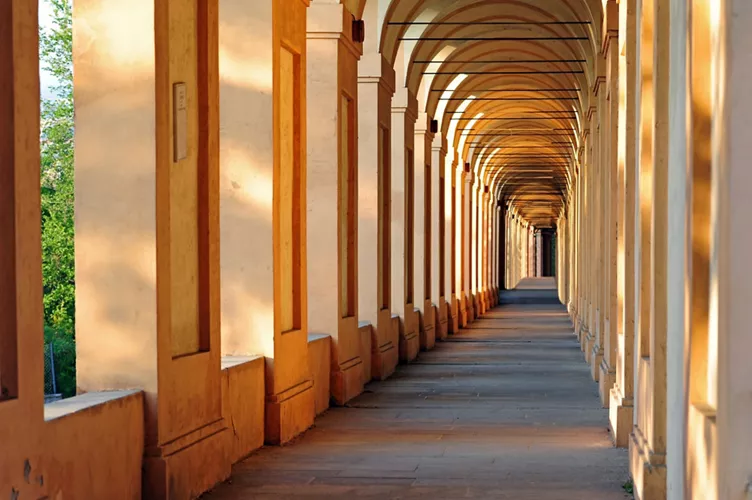
Once you reach the Sanctuary (also connected by public transport for those who do not wish or cannot face the walk) you gain a wonderful view of the panorama from a height of about 300 meters above sea level. A unique view of Bologna, from the hills to the center and Casalecchio di Reno. At the end of the excursion, head back to the city (via the porticoes again, or by public transport or by the little train of San Luca). Always using public transportation or riding a renting a bike, head to the MAMbo, the Museum of Modern Art of Bologna, where a visit always offers new opportunities for discovery works of art.
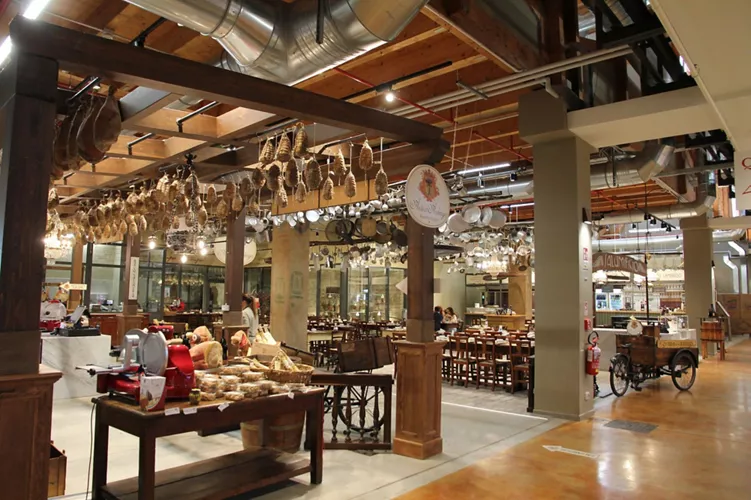
After the art, it is time for... the art of food. There is an entire park dedicated to good food in Bologna, and it can be reached after the last trip of the day downtown, perhaps on the bike/pedestrian path. From the Pilastro area follow the signs for F.I.C.O. Eataly World and you will find yourself in the first "fun fair" of food from A to Z.
Literally: here you will meet the hen (or the duck) to whom the eggs with which the dough for fresh pasta are prepared. And there is more: you can get involved and put your hands in the dough, in one of the many agriculture or cooking classes offered here. You will visit a vineyard, an olive grove and an orchard. And you will struggle to resist the endless food temptations and make the perfect purchases before your vacation in Bologna ends. So you can take home, along with the memory of a magnificent city, something truly unique to enjoy and share.

